Meal Kits Are Growing But Need Smarter Packaging For a Sustainable Future
February 02, 2021
TemperPack manufactures sustainable, high performance packaging for cold chain shipments. The company’s ClimaCell® thermal liners are used by leading meal kit brands and other companies that ship fresh and frozen food and temperature sensitive medical treatments to people’s homes. TemperPack manufactures millions of liners per month from its facilities in Richmond, VA and Las Vegas. James McGoff is TemperPack’s co-founder and Chief Product Officer.
Over the last decade, e-commerce changed the world. Over the last year, COVID-19 has changed e-commerce.
The biggest change? Ordering groceries online is now normal for many Americans. Food had been the last frontier for e-commerce, due to the challenges of maintaining refrigerated or frozen temperatures for a 1 to 2-day shipment. But a Mercatus study predicts 20% of all food shopping will happen online by 2025, to the tune of a $250bn annual spend.
How did we get here, and where are we going? At TemperPack, we make it our job to understand the science and business of perishable shipments.
As a first step, let’s go back in time.
MEAL KITS ARE BORN
HelloFresh and Blue Apron were founded in 2010 and 2011, each with a vision for changing the way we eat.
That new way involved shipping fresh produce and meat to people’s homes via the mail. Though early pioneers in the mail order food game had shipped frozen food (Omaha Steaks and Jenny Craig), meal kit companies were the first to really take on the challenge of shipping fresh food (i.e., keeping lettuce crisp for a 2-day UPS shipment). Thanks to their logistical prowess, they made it work.
Meal kit companies attracted significant investment around the vision of reinventing a food system compatible with an e-commerce world. That vision got an additional boost when Amazon acquired Whole Foods in 2017, prompting traditional grocers to offer “click and collect” services and helping accelerate the adoption of perishable e-commerce.
Today, you can get meat, produce, ice cream, frozen dinners, fresh prepared meals, meal kits, diet-specific meals, restaurant take-out, and pantry items delivered to your home. If you want, you don’t ever have to step foot into a grocery store again or leave your house for that matter.

MEAL KITS: A SURPRISING BOOST FOR THE ENVIRONMENT
While people might worry about the environmental impact of packaging up and shipping meals to people’s houses via FedEx and UPS, meal kits offer significant environmental benefits compared to shopping at grocery stores: reducing food waste and reducing CO2 emissions.
According to Feeding America, 120 billion pounds of food is wasted each year, at farms, businesses (such as grocery stores and restaurants), and at homes. 21% of landfill space is occupied by food.
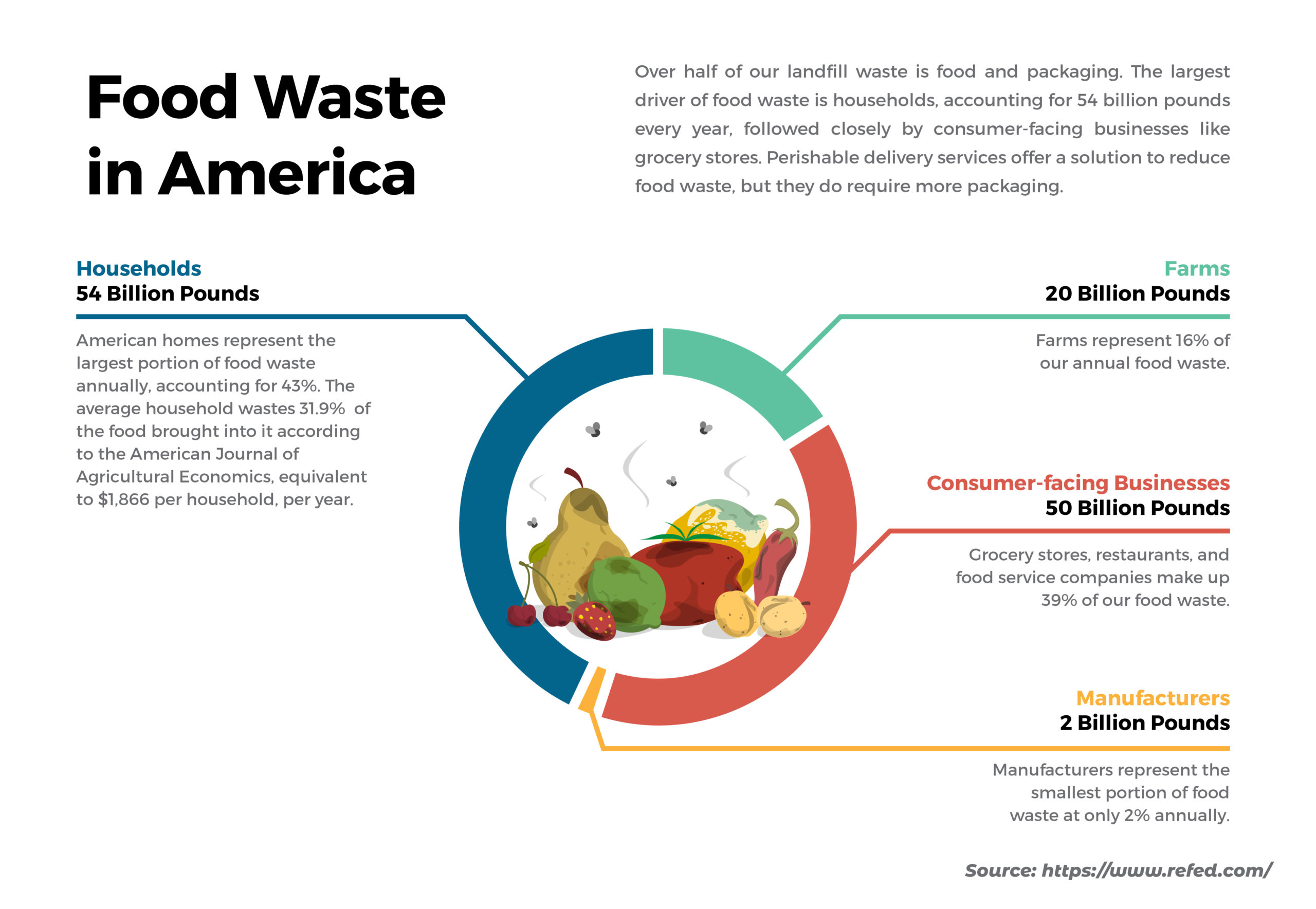
The biggest sources of food waste are consumers in their homes, accounting for 54 billion pounds of all wasted food. Meal kits reduce food waste at home by portioning meals and providing only what is needed for each recipe.
Businesses that sell food are another significant source of waste. 52 billion pounds of food from manufacturers, grocery stores, and restaurants end up in landfills. From a food waste perspective, meal kits and other direct-to-consumer food companies use a more efficient business model than retail. While a meal kit packing facility is designed for efficiency, a grocery store is designed to showcase abundance, whether that means mountains of alluring produce or soft drinks as far as the eye can see. Even with admirable efforts from companies like Kroger, this model is designed to generate more waste when it comes to perishable items.
With built-in features that reduce food waste both at home and in upstream distribution, meal kit companies can make a big impact. HelloFresh estimates that it reduced food waste by 66% compared to grocery stores in 2019. Other direct-to-consumer food companies like Misfits Market and Imperfect Foods can go even further by offering their customers “rescued” off-spec food that was likely headed for a landfill.
Food waste contributes to carbon emissions, and the reduced food waste of meal kits helps reduce their carbon footprint. A study by the University of Michigan estimates that meal kits reduce carbon emissions by 33% compared to grocery store meals.
While the negative aspects of meal kits (delivery trucks and packaging) are on stage for all to see, behind the scenes, meal kits operations have a net positive benefit compared to shopping at grocery stores.
PACKAGING: THE 2:1 DILEMMA FOR MEAL KITS
But what about that packaging? Let’s take a closer look. We work with many meal kit and direct-to-consumer food companies and are familiar with their overall model and operations.
While specific companies and specific meal orders vary significantly, a typical meal kit order weighs about 20 pounds (averaging across 10 of the largest meal-kit companies in the United States). Of that weight, approximately 35% represents the actual food in the box, 45% makes up the coolant in the form of gel packs or ice, and the 20% is physical packaging:
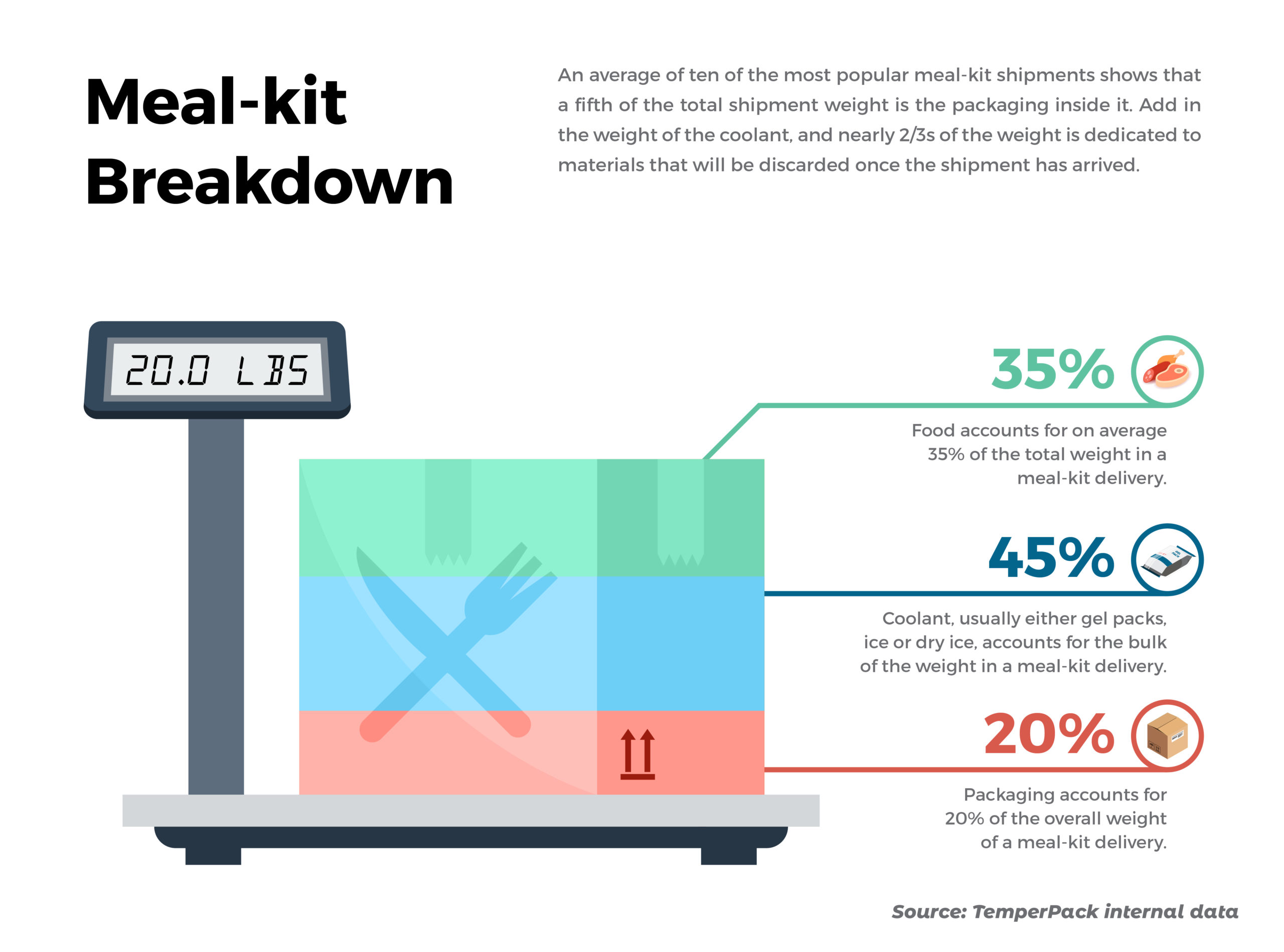
That’s almost twice as much packaging material as food. And the numbers add up. Based on our own data and external sources, we estimated that 120 million meal kit shipments would be delivered in the US in 2020. This means over 1.5 billion pounds of packaging and coolant will be used to protect 840 million pounds of food.

A reasonable question to ask is: how is it possibly sustainable to use 1.5 billion pounds of packaging to protect 840 million pounds of food? Sustainability aside, are meal kit companies adding risk to their business by asking their own customers to manage 1.5 billion pounds of inbound packaging waste?
By our estimates, meal kit deliveries will increase 30-50% next year (and all the packaging that comes with it), so these are increasingly pressing questions.
MEAL KIT PACKAGING – A CLOSER LOOK
With the industry generating [nearly a billion] pounds of packaging waste, it’s important to understand what’s in there. Packaging and coolant represent approximately 2/3s of the overall weight of the shipment.
Here’s a breakdown:
Outer shipping box – Most companies use familiar corrugated boxes – aka the cardboard boxes Amazon uses. The EPA states that these corrugated boxes are recycled correctly 88% of the time, more often than any other material. Most companies we work with use boxes from Sustainable Forestry Initiative certified sources.
Insulation – In short, insulation makes it difficult for ambient heat to enter the box. So even when it’s hot outside, the contents inside stay cold. If meal kit companies were driven purely by performance and cost, they would all use Expanded Polystyrene Foam (EPS), better known as Styrofoam®. EPS is inexpensive and effective, but its environmental hazards are well known. To their credit, very few meal kit companies use EPS. Most of them have moved on to more environmentally friendly materials, including repurposed natural textile fibers (like denim and cotton), paper, or bio-foams. However, often these insulation liners contain plastic binders and still need to go to a landfill, but some, including our ClimaCell® liners, are curbside recyclable.
Ice Packs – Ah, ice packs. As noted above, the ice packs (often referred to as gel-packs or “coolant”) are the heaviest item in a container. Most coolants include a mixture of water and ethylene glycol (which is what gives it a “jelly” feel) and are wrapped in low density polyethylene (LDPE), the same material used in plastic shopping bags.
In short, the coolant is what absorbs the heat that does make it past the insulation. In theory, if you had a perfect insulator, you wouldn’t need coolant. Conversely, if you were to use enough coolant, you wouldn’t need the insulation. Combining the two is the best way to minimize overall packaging while protecting the shipment.
Individual Wraps and Containers – To protect individual items from moisture, and keep the box organized, meal kits used pouches, wraps, or light containers to protect specific items. Often these use LDPE or PET.
Flyers, promotions, menu cards – There are many pieces of paper, but most of these are recyclable from home, though some are not due to the plastic lamination needed for that high gloss, premium look and feel.
MAKING MEAL KITS BETTER FOR THE PEOPLE, BUSINESS, and the PLANET
The most sustainable packaging is no packaging. Being that this is incompatible with the challenges of delivering perishables through the mail, what would smarter packaging look like? For starters, we would suggest a strategy that minimizes non-recyclable plastics like low density polyethylene (LDPE) film. LDPE film widely used in meal kit packaging, especially for individual wraps, insulation lining, and coolant bags. Removing this would not only have an environmental benefit, but a brand benefit as well, since 77% of consumers consider plastic to be the least sustainable packaging material.
LDPE is not recyclable at home, and a GreenPeace study suggests that, even when people take it to collection sites (often grocery stores), it usually ends up in a landfill. There are few paths to reduce LDPE.
- Short-term: Add Rigidity. Switching out flexible LDPE for more rigid High-Density Polyethylene (HDPE) or Polyethylene terephthalate (PET) would replace an unrecyclable material for one that is recyclable from home. HDPE is used in milk jugs and detergent bottles while PET is commonly used for single use water bottles and produce containers. Both are highly recyclable when they are rigid. We can envision replacing individual ingredients wrapped in LDPE with fewer, rigid containers protecting groups of ingredients.
- Long-term: Compostable Innovations. There are many companies working to develop paper-based, compostable and/or dissolvable (and even edible) films for food protection. The Ellen MacArthur Foundation’s “Upstream Innovation Guide” featured several, including Apeel, Monosol, and Mori. While still not as commercially available as their traditional film counterparts, these solutions would be far more environmentally friendly – a big improvement for meal kit solutions and fresh food everywhere.
Coolants are a big part of the equation as well. While the most commonly used gel packs today must be thrown away, innovation continues around drain-safe coolants (in which most of the gel pack material can be safely poured down the drain), dry ice solutions, and more. Again, coupling a rigid, highly recyclable plastic container with a drain-safe coolant (like water, which has a very high energy density) would be a step in the right direction.
Stepping Back
Meal kit companies have narrow margins and fluctuating subscription bases, so expecting these companies to spend more money on more sustainable solutions may be a stretch. But we can envision a future where materials and operations are optimized so that only the right amount of packaging, insulation, and coolant are used for each specific shipment, based on the weather, duration, and payload, saving companies money and reducing the amount of trash customers must manage.
The management teams running these companies have already proven that they can find solutions to complex supply chain issues. To solve their packaging challenge, we would recommend that these teams consider the five following strategies:
- Standardize acceptable food safety criteria (time and temp) across all grocery delivery modes and products.
- Design packaging scenarios with sufficient safety factors to account for contact-free, unattended delivery scenarios.
- Implement real-time weather data to inform geographical and seasonal packaging decisions, reducing refunds while mitigating risk of food-borne illness.
- Using 2 & 3, transition to dynamic pack-outs so that each box goes out with the minimum viable amount of packaging to safely get the job done – driving out cost.
- Where packaging is necessary, commit to packaging formats that utilize renewable materials that are first, and ideally, compatible with curbside paper and plastic recycling streams, or second, BPI-certified for compost.
Achieving this “right materials at the right time” approach would boost these companies’ bottom lines and further improve their carbon footprints. Getting there is within reach and would allow food delivery companies to trumpet a persuasive argument that their model is truly best for the environment. Sign us up.
Related posts
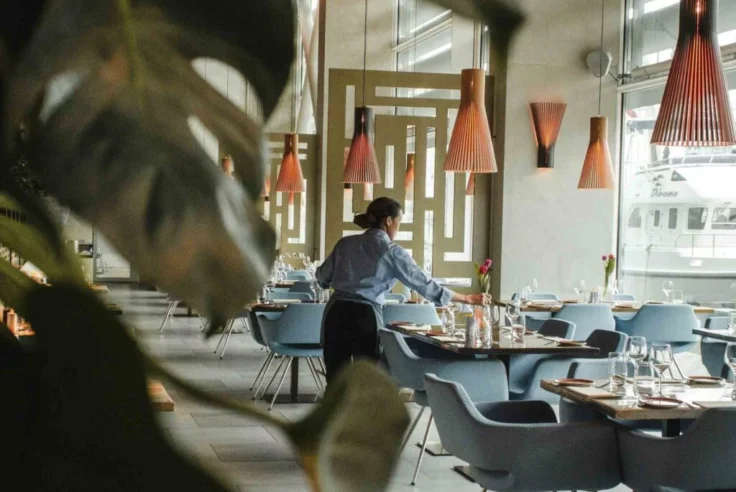
Blog Post
How AI Can Reduce Food Waste at Restaurants
Closed Loop Ventures Group led the seed investment...
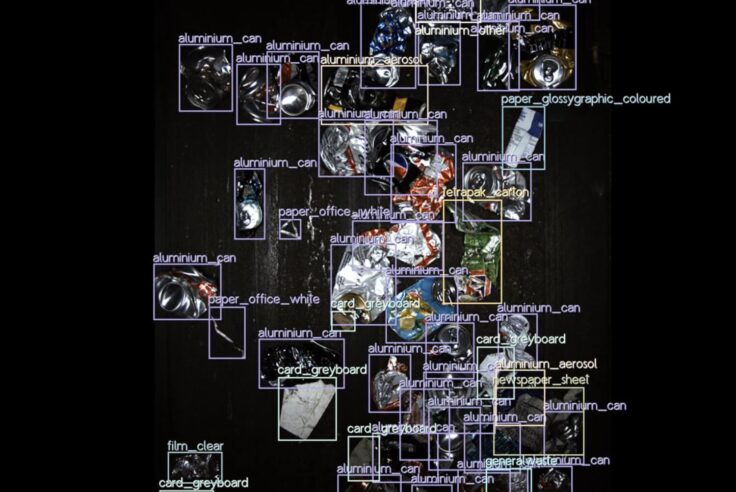
Press Release
New Data Reveals High Quantities of Food-Grade Polypropylene...
Closed Loop Partners’ Center for the Circular Economy...
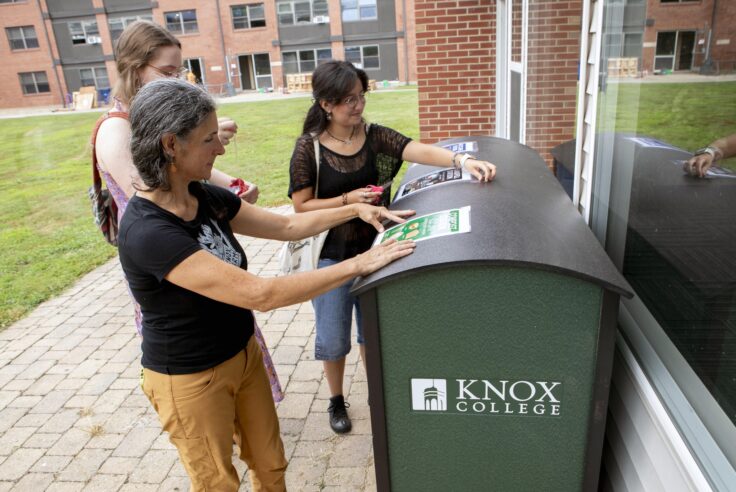
Blog Post
Keeping Compost Clean: Tools to Help Reduce Contamination...
The Composting Consortium interviews EcoProducts to...
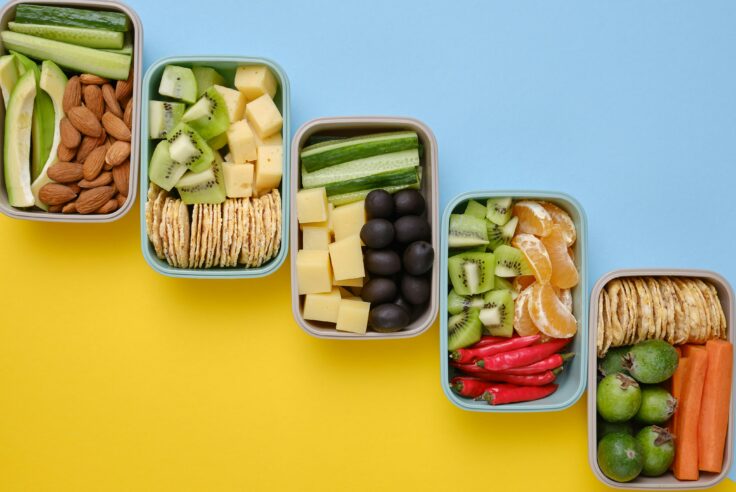
Press Release
Closed Loop Partners and U.S. Plastics Pact Identify...
Packaging types primed for reuse lay the groundwork...
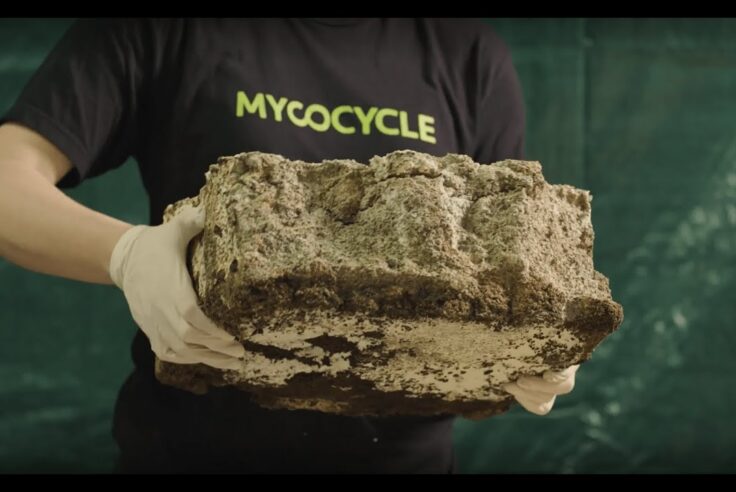
Blog Post
Why We Invested in Mycocycle: Nature-Inspired Circular...
Closed Loop Partners’ Ventures Group saw a key opportunity...
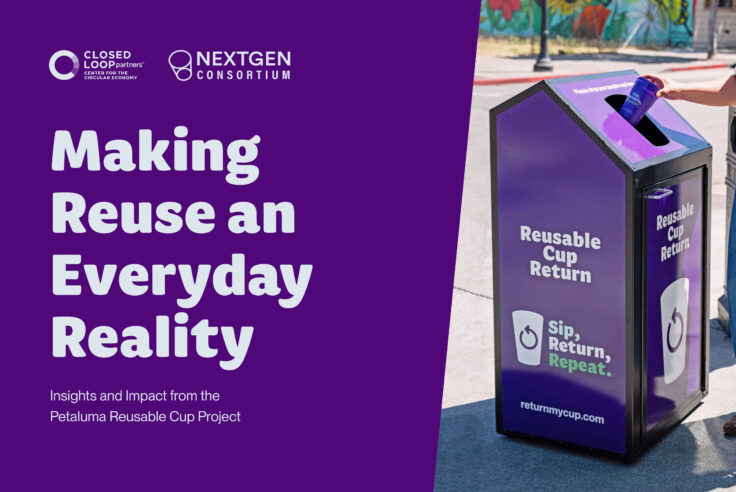
Press Release
Groundbreaking Results From Citywide Petaluma Reuse...
The Petaluma Reusable Cup Project from the NextGen...
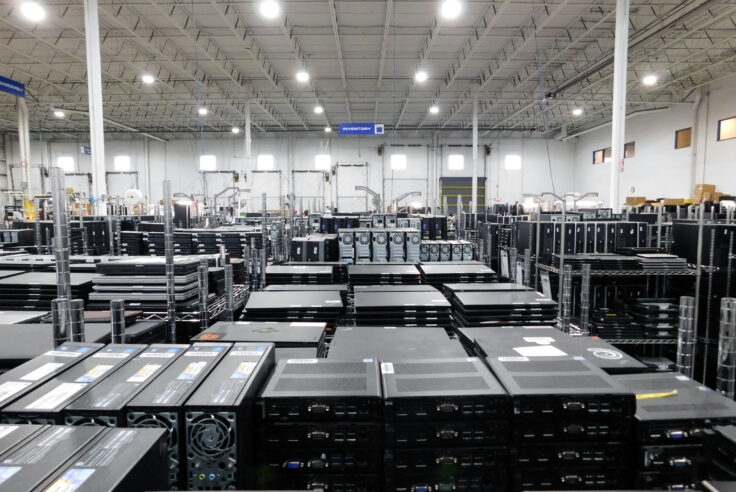
Press Release
Closed Loop Partners’ Portfolio Company, Sage Sustainable...
The bolt-on acquisition scales Sage’s end-to-end...

Press Release
Closed Loop Partners Unveils Groundbreaking Findings...
Closed Loop Partners’ Center for the Circular Economy...

Press Release
Capricorn Investment Group Backs Closed Loop Partners...
The partnership signals tailwinds behind the circular...
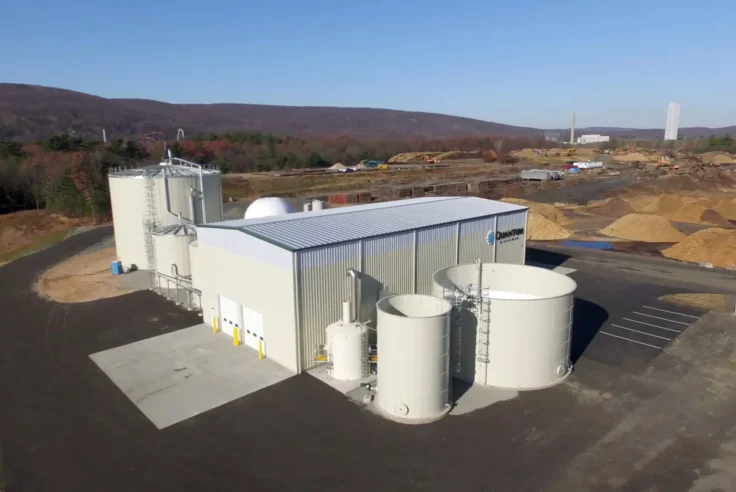
Press Release
Circular Services Adds Advanced Processing Capabilities
With Quantum Organics, Circular Services adds advanced...
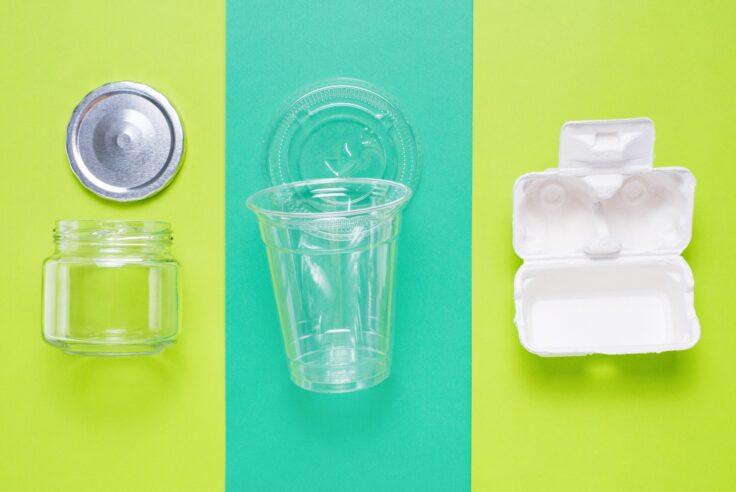
Blog Post
8 Tips to Navigate Life Cycle Assessments for Circular...
Closed Loop Partners’ Center for the Circular Economy...
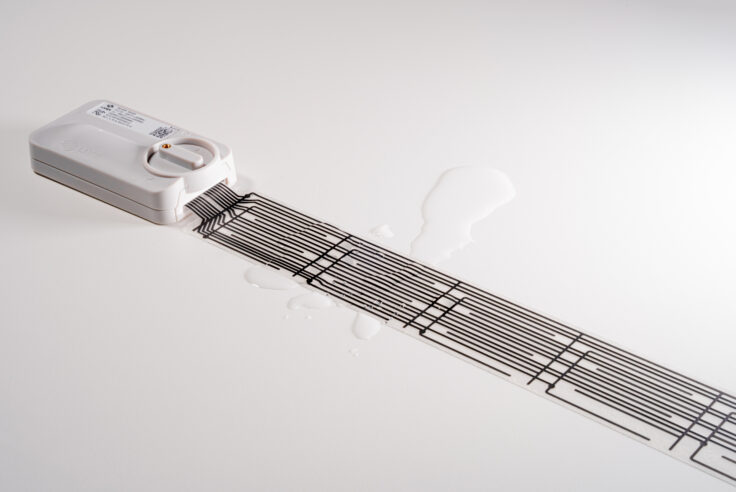
Press Release
Closed Loop Partners Leads $4M Seed Round for LAIIER,...
Investment in the innovative liquid leak detection...
